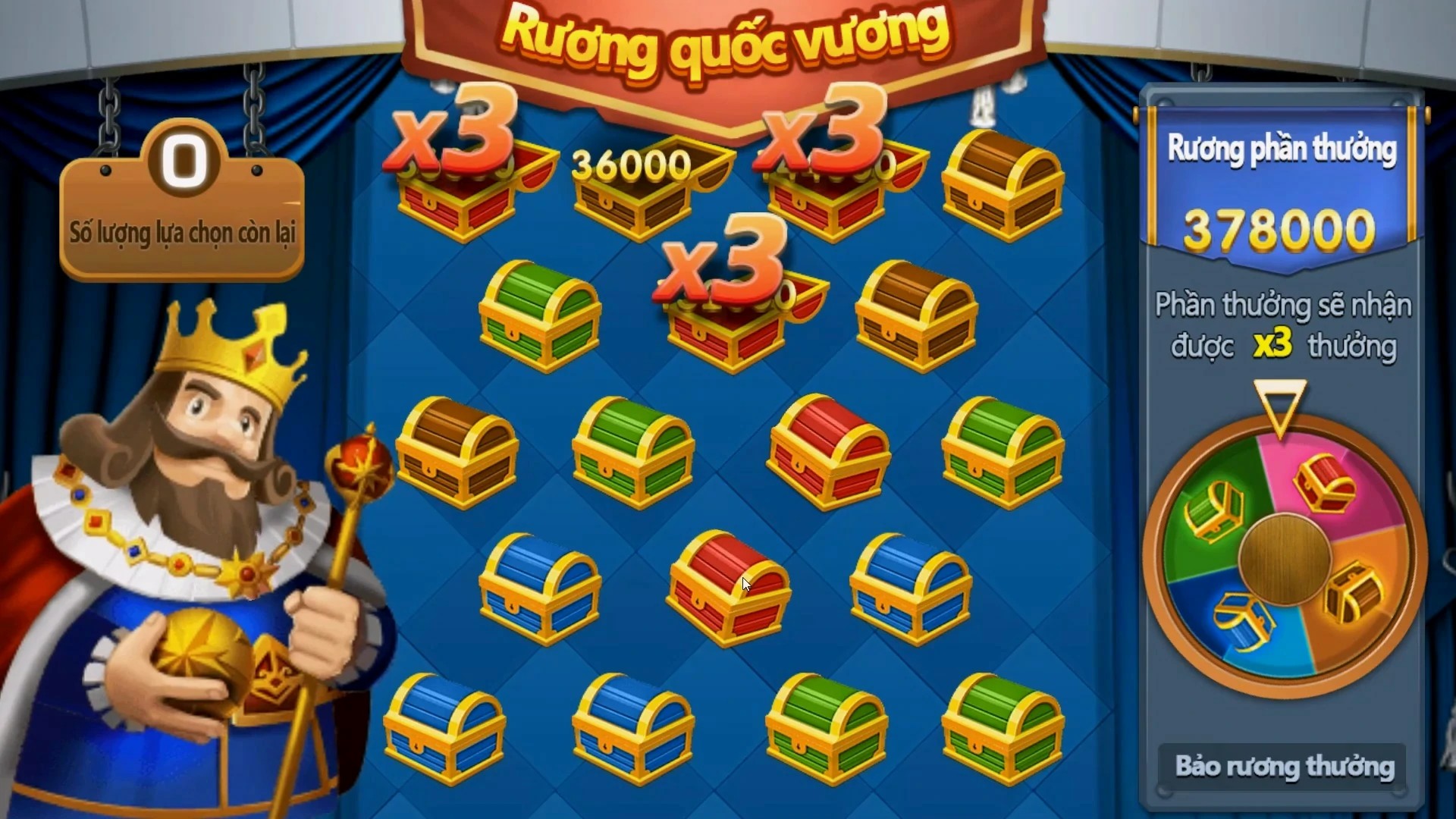How City Building Simulation Games Transform Urban Planning: From Virtual Worlds to Real-World Insights
In recent years, city building simulation games like Clash of Royale Clans have shifted from mere entertainment to becoming vital tools in urban planning. These games do more than entertain; they provide insights that can help architects, city planners, and even policymakers understand the complexities of urban environments. But how exactly do these digital landscapes translate into real-world benefits? Let's explore this fascinating intersection.
Understanding the Rise of Simulation Games
Simulation games have always captivated audiences. Whether it's managing a city or battling in a fantasy universe, players become immersed in worlds where their decisions directly affect outcomes. The question is: why are these games so effective in educating players about urban planning?
- Engagement: Players are more likely to learn when they're engaged.
- Real-Time Decision Making: Gamers must assess situations and make immediate choices.
- Visual Learning: The graphical representation of data makes complex information digestible.
Virtual to Reality: Transferring Insights
City building games offer a sandbox for experimentation. Players often deal with challenges that mimic real-world issues—like traffic congestion, resource allocation, and environmental sustainability. By simulating these problems, players can think critically about potential solutions.
| Virtual Challenge | Real-World Equivalent |
|---|---|
| Traffic Overload | Crowded Urban Areas |
| Resource Management | Sustainable Development |
| Social Stratification | Economic Disparities |
Case Studies: Impact of Simulation Games on Urban Planning
Numerous urban planners have embraced these games as tools for education and practice. Here are a few notable instances:
- City Skylines Workshop: Municipalities have used this game for workshops aimed at educating citizens about urban planning.
- SimCity in Urban Development: Some real-life projects have been modeled after scenarios found in SimCity.
- Clash of Royale Clans Strategies: Urban developers have drawn inspiration from the strategic aspects of this game, particularly regarding resource distribution.
Who Survives in the Game of Thrones of Urban Planning?
The intricate dynamics of urban development can sometimes feel like a battle for survival—who will thrive, and who will face struggles? Here’s a breakdown of the key players in the urban planning arena:
- Citizens: The heart of any city. Their needs must drive planning efforts.
- Developers: They construct new projects, but their focus often differs from that of city planners.
- Government: Regulations and policies shape what can and cannot be built.
- Urban Planners: They hold the vision for sustainable and inclusive cities.
The Advantages of Using Simulation Games in Urban Planning
While some might argue that video games trivialize serious issues, the benefits of incorporating them into planning discussions are undeniable:
- Innovative Solutions: Games encourage creative thinking about complex problems.
- Community Engagement: Players can engage with urban planning in a more accessible way.
- Risk-Free Experimentation: Testing out ideas in a game is lower risk than implementing them in real life.
Challenges and Limitations
Of course, there are challenges to consider. Not every player may translate their gaming knowledge effectively into real-world skills. Additionally, while simulation games can highlight certain urban dynamics, they may oversimplify others.
Therefore, urban planners should use simulation games as a complementary tool—not as the entire solution. Balancing real-world data with gaming insights leads to the most robust planning strategies.
Conclusion: A New Era of Urban Planning
As the lines between virtual gaming and urban planning continue to blur, we find ourselves in a unique era. Simulation games hold the potential to engage and educate both professionals and the public about the complexities of urban environments. By harnessing the power of these games, cities can transition from ideas crafted in pixels to tangible solutions in the real world. The city planning game is changing—are you ready to play?



